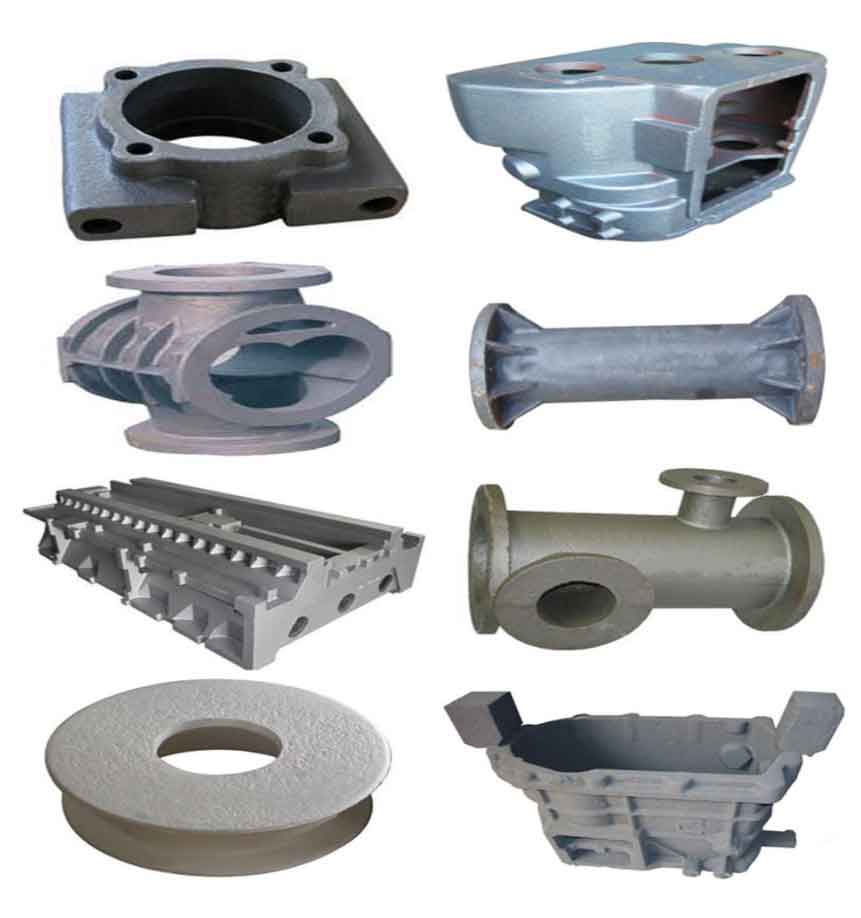Gray cast iron has low cost, low price and wide application. It has always accounted for a large proportion in the output of all iron castings. In the 1960s, the total output of gray cast iron castings accounted for about 3 / 4 of the total output of casting metals. Up to now, it can also account for about half. Gray cast iron is mainly used in machine tool bed, base, pulley, gearbox, cover, rainbow body, hand wheel and other parts with low stress, shock absorption and wear resistance, China is a large developing country with machinery, automobile and construction as pillar industries. Grey cast iron plays an important role in China’s development and construction. However, generally speaking, the production and application of gray cast iron in China lags behind that in developed countries, mainly reflected in:
- The quality of gray cast iron castings produced is low;
- Poor equipment, casting production process and technology;
- Energy consumption Bureau;
- The economic benefit of producing gray cast iron is poor.
The manufacturing process of cast iron in western developed countries is obviously more advanced than that in China. At the same time, the products manufactured are mainly high-quality gray iron castings with high added value and high-tech content. Therefore, we must strive to improve the level of producing gray iron.
According to the different forms of carbon in cast iron, cast iron can be divided into gray cast iron, hemp cast iron and white cast iron. According to different forms of graphite, cast iron can be divided into malleable cast iron, vermicular cast iron, nodular cast iron and gray cast iron. Gray cast iron refers to the cast iron with flake graphite. The main components are iron, carbon, silicon, manganese, sulfur and phosphorus. The carbon content of gray cast iron is high, so it can also be regarded as the matrix of carbon steel plus flake graphite. Gray cast iron can be divided into low carbon equivalent gray cast iron and high carbon equivalent gray cast iron according to different carbon equivalent, but there is no clear division between them. High carbon equivalent gray cast iron generally refers to a kind of cast iron with carbon equivalent near its eutectic point. The increase of carbon equivalent makes this kind of gray cast iron have better casting process performance, reduce shrinkage porosity and shrinkage cavity, and reduce casting stress, It has good wear reducing performance; Low carbon equivalent gray cast iron has the high strength that high carbon equivalent gray cast iron does not have. At the same time, it has good wear resistance and heat resistance. It is widely used in industrial production. However, the reduction of carbon equivalent makes the hot crack tendency, shrinkage tendency and white cast tendency of gray cast iron very serious. At the same time, the hardness of gray cast iron is high, the brittleness is large and the machinability is very poor. Therefore, It is a very meaningful subject to maintain the carbon equivalent of gray cast iron at a low level to ensure its high strength and try to improve its comprehensive properties, so as to give full play to the characteristics of low carbon equivalent gray cast iron.

